Coronavirus (COVID-19): implementing protective measures in education and childcare settings
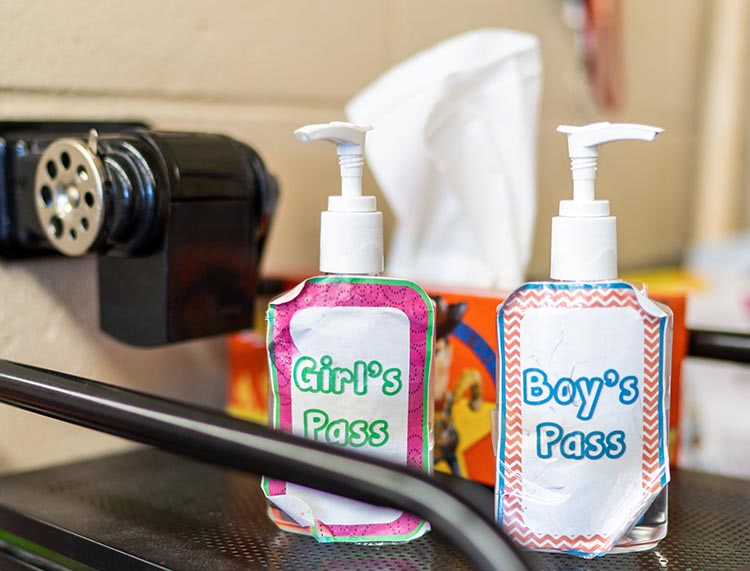
Updates: This guidance has been updated to reflect the announcement by the Prime Minister that the government’s 5 tests have been met and the decision, based on all the evidence, to move forward with wider opening of education and childcare settings
As a result of the huge efforts everyone has made to adhere to strict social distancing measures, the government’s 5 tests have been met, meaning we can move forward with modifying measures which have been in place. Based on all the evidence, from the week commencing 1 June, we can welcome back more children to early years and primary school settings, and from 15 June to secondary school and further education settings. Schools, colleges and childcare providers have been planning on this basis, and confirmation that this could go ahead was provided by the Prime Minister on 28 May.
Education and childcare settings are already open to priority groups (vulnerable children and children of critical workers)1. Now that we have made progress in reducing the transmission of coronavirus we are encouraging all eligible children to attend – it is no longer necessary for parents of eligible children to keep them at home if they can. In particular, as per the existing Supporting vulnerable children and young people during the coronavirus (COVID-19) outbreak guidance, vulnerable children of all year groups continue to be expected and encouraged to attend educational provision where it is appropriate for them to do so.
From the week commencing 1 June, we are asking primary schools to welcome back children in nursery, reception, year 1 and year 6, alongside priority groups. From 15 June we are asking secondary schools, sixth form and further education colleges to offer some face-to-face support to supplement the remote education of year 10, year 12, and 16 to 19 students who are due to take key exams next year, alongside the full time provision they are offering to priority groups.
We are also asking nurseries and other early years providers, including childminders, to begin welcoming back all children. Alternative provision settings should mirror the approach being taken for mainstream schools and also offer some face-to-face support for years 10 and 11 students (as they have no year 12) from 15 June. Special schools, special post-16 institutions and hospital schools will work towards a phased return of more children and young people without a focus on specific year groups.
We want to get all children and young people back into education as soon as the scientific advice allows because it is the best place for them to learn, and because we know how important it is for their mental wellbeing to have social interactions with their peers, carers and teachers. Children returning to educational and childcare settings in greater numbers will also allow more families to return to work.
We are therefore gradually increasing the numbers of children and young people attending schools and colleges. This decision is based on the latest scientific advice. By returning pupils gradually, settings can initially reduce the number of children and young people in classrooms compared to usual and put protective measures in place to reduce risks.
In childcare settings, providers can welcome back all children from the week commencing 1 June. Demand for childcare is likely to be lower than usual at first, and existing space requirements and staff to child ratios for these age groups should allow for small group working. Where the physical layout of a setting does not allow small groups of children to be kept at a safe distance apart, we expect practitioners to exercise judgement in ensuring the highest standards of safety are maintained. In some cases, it may be necessary for providers to introduce a temporary cap on numbers to ensure that safety is prioritised. From 1 June, childminders can look after children of all ages, in line with usual limits on the number of children they can care for.
Our ambition is to bring all primary year groups back to school before the summer holidays, for a month if feasible, though this will be kept under review. We will only welcome back additional year groups if the most up-to-date assessment of the risk posed by the virus indicates it is appropriate to have larger numbers of children within schools. The safety of children and staff is our utmost priority.
This advice seeks to support staff working in schools, colleges and childcare settings, to deliver this approach in the safest way possible, focusing on measures they can put in place to help limit risk of the virus spreading within education and childcare settings. At the point that we think it is appropriate for more children and young people to return to schools and colleges, we will revise this guidance.
We have published more detailed guidance on preparing for the wider opening of early years and childcare settings.
Settings should read this guidance in conjunction with Actions for schools during the coronavirus (COVID-19) outbreak.
This guidance will be updated as required.
Effective infection protection and control
There are important actions that children and young people, their parents and those who work with them can take during the coronavirus (COVID-19) outbreak, to help prevent the spread of the virus.
In all education, childcare and social care settings, preventing the spread of coronavirus (COVID-19) involves dealing with direct transmission (for instance, when in close contact with those sneezing and coughing) and indirect transmission (via touching contaminated surfaces). A range of approaches and actions should be employed to do this. These can be seen as a hierarchy of controls that, when implemented, creates an inherently safer system, where the risk of transmission of infection is substantially reduced. These include:
- minimising contact with individuals who are unwell by ensuring that those who have coronavirus (COVID-19) symptoms, or who have someone in their household who does, do not attend childcare settings, schools or colleges
- cleaning hands more often than usual – wash hands thoroughly for 20 seconds with running water and soap and dry them thoroughly or use alcohol hand rub or sanitiser ensuring that all parts of the hands are covered
- ensuring good respiratory hygiene by promoting the ‘catch it, bin it, kill it’ approach
- cleaning frequently touched surfaces often using standard products, such as detergents and bleach
- minimising contact and mixing by altering, as much as possible, the environment (such as classroom layout) and timetables (such as staggered break times)
Personal protective equipment (PPE) including face coverings and face masks
Wearing a face covering or face mask in schools or other education settings is not recommended. Face coverings may be beneficial for short periods indoors where there is a risk of close social contact with people you do not usually meet and where social distancing and other measures cannot be maintained, for example on public transport or in some shops. This does not apply to schools or other education settings. Schools and other education or childcare settings should therefore not require staff, children and learners to wear face coverings. Changing habits, cleaning and hygiene are effective measures in controlling the spread of the virus. Face coverings (or any form of medical mask unless instructed to be used for specific clinical reasons) should not be worn in any circumstance by those who may not be able to handle them as directed (for example, young children, or those with special educational needs or disabilities) as it may inadvertently increase the risk of transmission.
The majority of staff in education settings will not require PPE beyond what they would normally need for their work, even if they are not always able to maintain a distance of 2 metres from others. PPE is only needed in a very small number of cases including:
- children, young people and students whose care routinely already involves the use of PPE due to their intimate care needs should continue to receive their care in the same way
- if a child, young person or other learner becomes unwell with symptoms of coronavirus (COVID-19) while in their setting and needs direct personal care until they can return home. A fluid-resistant surgical face mask should be worn by the supervising adult if a distance of 2 metres cannot be maintained. If contact with the child or young person is necessary, then disposable gloves, a disposable apron and a fluid-resistant surgical face mask should be worn by the supervising adult. If a risk assessment determines that there is a risk of splashing to the eyes, for example from coughing, spitting, or vomiting, then eye protection should also be worn
Education and childcare settings and providers should use their local supply chains to obtain PPE.
If education or childcare settings cannot obtain the PPE they need they should approach their local authority (LA). Local authorities should support them to access local PPE markets and available stock locally, including through coordinating the redistribution of available supplies between settings according to priority needs.
If the local authority is not able to meet the PPE needs of education and childcare providers, the LA should approach their nearest local resilience forum (LRF) which will allocate stock if it is available once the needs of other vital services locally have been met. If neither the LA or LRF is able to respond to an education or childcare setting’s unmet urgent need for PPE, the setting will need to make their own judgement in line with their risk assessment as to whether it is safe to continue to operate.
Read the guidance on safe working in education, childcare and children’s social care for more information about preventing and controlling infection, including the use of PPE.
Shielded and clinically vulnerable children and young people
For the vast majority of children and young people, coronavirus (COVID-19) is a mild illness. Children and young people (0 to 18 years of age) who have been classed as clinically extremely vulnerable due to pre-existing medical conditions have been advised to shield. We do not expect these children to be attending school or college, and they should continue to be supported at home as much as possible. Clinically vulnerable (but not clinically extremely vulnerable) people are those considered to be at a higher risk of severe illness from coronavirus (COVID-19). A small minority of children will fall into this category, and parents should follow medical advice if their child is in this category.
Shielded and clinically vulnerable adults
Clinically extremely vulnerable individuals are advised not to work outside the home. We are strongly advising people, including education staff, who are clinically extremely vulnerable (those with serious underlying health conditions which put them at very high risk of severe illness from coronavirus (COVID-19) and have been advised by their clinician or through a letter) to rigorously follow shielding measures in order to keep themselves safe. Staff in this position are advised not to attend work. Read COVID-19: guidance on shielding and protecting people defined on medical grounds as extremely vulnerable for more advice.
Clinically vulnerable individuals who are at higher risk of severe illness (for example, people with some pre-existing conditions as set out in the Staying at home and away from others (social distancing) guidance) have been advised to take extra care in observing social distancing and should work from home where possible. Education and childcare settings should endeavour to support this, for example by asking staff to support remote education, carry out lesson planning or other roles which can be done from home. If clinically vulnerable (but not clinically extremely vulnerable) individuals cannot work from home, they should be offered the safest available on-site roles, staying 2 metres away from others wherever possible, although the individual may choose to take on a role that does not allow for this distance if they prefer to do so. If they have to spend time within 2 metres of other people, settings must carefully assess and discuss with them whether this involves an acceptable level of risk.
Living with a shielded or clinically vulnerable person
If a child, young person or a member of staff lives with someone who is clinically vulnerable (but not clinically extremely vulnerable), including those who are pregnant, they can attend their education or childcare setting.
If a child, young person or staff member lives in a household with someone who is extremely clinically vulnerable, as set out in the COVID-19: guidance on shielding and protecting people defined on medical grounds as extremely vulnerable guidance, it is advised they only attend an education or childcare setting if stringent social distancing can be adhered to and, in the case of children, they are able to understand and follow those instructions. This may not be possible for very young children and older children without the capacity to adhere to the instructions on social distancing. If stringent social distancing cannot be adhered to, we do not expect those individuals to attend. They should be supported to learn or work at home.
Class or group sizes
We know that, unlike older children and adults, early years and primary age children cannot be expected to remain 2 metres apart from each other and staff. In deciding to bring more children back to early years and schools, we are taking this into account. Schools should therefore work through the hierarchy of measures set out above:
- avoiding contact with anyone with symptoms
- frequent hand cleaning and good respiratory hygiene practices
- regular cleaning of settings
- minimising contact and mixing
As well as the measures above, secondary schools and colleges should:
- ensure that only a quarter of pupils in year 10 and year 12 are in school at any one time
- aim to practise social distancing in line with the measures the government is asking everyone to adopt in public and in workplaces, including keeping pupils 2 metres apart from each other where possible
- plan that classes are no more than half their usual size, to allow sufficient distancing between pupils (this may vary due to individual school circumstances)
It is still important to reduce contact between people as much as possible, and we can achieve that and reduce transmission risk by ensuring children, young people and staff where possible, only mix in a small, consistent group and that small group stays away from other people and groups.
Public Health England (PHE) is clear that if early years settings, schools and colleges do this, and crucially if they are also applying regular hand cleaning, hygiene and cleaning measures and handling potential cases of the virus as per the advice, then the risk of transmission will be lowered.
Where settings can keep children and young people in those small groups 2 metres away from each other, they should do so. While in general groups should be kept apart, brief, transitory contact, such as passing in a corridor, is low risk.
For pre-school children in early years settings, the staff to child ratios within Early Years Foundation Stage (EYFS) continue to apply as set out here, and we recommend using these to group children.
For primary schools, classes should normally be split in half, with no more than 15 pupils per small group and one teacher (and, if needed, a teaching assistant). If there are any shortages of teachers, then teaching assistants can be allocated to lead a group, working under the direction of a teacher. Vulnerable children and children of critical workers in other year groups should also be split into small groups of no more than 15. Desks should be spaced as far apart as possible.
For secondary schools and colleges, the same principle of halving classes will normally apply. We recognise that the range of subjects and courses taught in secondary schools and colleges means that some mixing may be unavoidable to provide pupils with face-to-face support from subject/specialist teachers. We would expect that these groups are still smaller than normal. It is also sensible to rearrange classrooms and workshops with sitting positions 2 metres apart. Where very small classes might result from halving, it would be acceptable to have more than half in a class, provided the space has been rearranged. Again, support staff may be drawn on in the event there are teacher shortages, working under the direction of other teachers in the setting.
Each setting’s circumstances will be slightly different. Any setting that cannot achieve these small groups at any point should discuss options with their local authority or trust. This might be because there are not enough classrooms or spaces available in the setting or because they do not have enough available teachers or staff to supervise the groups. Solutions might involve children attending a nearby school. If necessary, settings have the flexibility to focus first on continuing to provide places for priority groups and then, to support children’s early learning, settings should prioritise groups of children as follows:
- early years settings – 3 and 4 year olds followed by younger age groups
- infant schools – nursery (where applicable) and reception
- primary schools – nursery (where applicable), reception and year 1
We will revisit this advice when the science indicates it is safe to invite more children back to schools and colleges.
How to implement protective measures in an education setting before wider opening from 1 June
Planning and organising
Consider the following steps:
- refresh your risk assessment and other health and safety advice for children, young people and staff in light of recent government advice, identifying protective measures (such as the things listed below). Also ensure that all health and safety compliance checks have been undertaken before opening
- organise small class groups, as described in the ‘class or group sizes’ section above
- organise classrooms and other learning environments such as workshops and science labs for those groups, maintaining space between seats and desks where possible
- refresh the timetable:
- decide which lessons or activities will be delivered
- consider which lessons or classroom activities could take place outdoors
- use the timetable and selection of classroom or other learning environment to reduce movement around the school or building
- stagger assembly groups
- stagger break times (including lunch), so that all children are not moving around the school at the same time
- stagger drop-off and collection times
- for secondary schools and colleges, consider how best to supplement remote education with some face to face support for students
- plan parents’ drop-off and pick-up protocols that minimise adult to adult contact
- in addition, childcare settings or early years groups in school should:
- consider how to keep small groups of children together throughout the day and to avoid larger groups of children mixing
- consider how play equipment is used ensuring it is appropriately cleaned between groups of children using it, and that multiple groups do not use it simultaneously
- remove unnecessary items from classrooms and other learning environments where there is space to store it elsewhere
- remove soft furnishings, soft toys and toys that are hard to clean (such as those with intricate parts)
- consider how children and young people arrive at the education or childcare setting, and reduce any unnecessary travel on coaches, buses or public transport where possible. Read the Coronavirus (COVID-19): safer travel guidance for passengers
- institutions offering residential provision will also need to consider the maximum number of children or young people they can safely accommodate in residences
Communicating your plans
Consider the following steps:
- tell children, young people, parents, carers or any visitors, such as suppliers, not to enter the education or childcare setting if they are displaying any symptoms of coronavirus (COVID-19) (following the COVID-19: guidance for households with possible coronavirus (COVID-19) infection)
- tell parents that if their child needs to be accompanied to the education or childcare setting, only one parent should attend
- tell parents and young people their allocated drop off and collection times and the process for doing so, including protocols for minimising adult to adult contact (for example, which entrance to use)
- make clear to parents that they cannot gather at entrance gates or doors, or enter the site (unless they have a pre-arranged appointment, which should be conducted safely)
- also think about engaging parents and children in education resources such as e-bug and PHE schools resources
- ensure parents and young people are aware of recommendations on transport to and from education or childcare setting (including avoiding peak times). Read the Coronavirus (COVID-19): safer travel guidance for passengers
- talk to staff about the plans (for example, safety measures, timetable changes and staggered arrival and departure times), including discussing whether training would be helpful
- communicate early with contractors and suppliers that will need to prepare to support your plans for opening for example, cleaning, catering, food supplies, hygiene suppliers
- discuss with cleaning contractors or staff the additional cleaning requirements and agree additional hours to allow for this
When open
Keep cohorts together where possible and:
- ensure that children and young people are in the same small groups at all times each day, and different groups are not mixed during the day, or on subsequent days
- ensure that the same teacher(s) and other staff are assigned to each group and, as far as possible, these stay the same during the day and on subsequent days, recognising for secondary and college settings there will be some subject specialist rotation of staff
- ensure that wherever possible children and young people use the same classroom or area of a setting throughout the day, with a thorough cleaning of the rooms at the end of the day. In schools and colleges, you may want to consider seating students at the same desk each day if they attend on consecutive days
For cleaning and hygiene:
- follow the COVID-19: cleaning of non-healthcare settings guidance
- ensure that sufficient handwashing facilities are available. Where a sink is not nearby, provide hand sanitiser in classrooms and other learning environments
- clean surfaces that children and young people are touching, such as toys, books, desks, chairs, doors, sinks, toilets, light switches, bannisters, more regularly than normal
- ensure that all adults and children:
- frequently wash their hands with soap and water for 20 seconds and dry thoroughly. Review the guidance on hand cleaning
- clean their hands on arrival at the setting, before and after eating, and after sneezing or coughing
- are encouraged not to touch their mouth, eyes and nose
- use a tissue or elbow to cough or sneeze and use bins for tissue waste (‘catch it, bin it, kill it’)
- ensure that help is available for children and young people who have trouble cleaning their hands independently
- consider how to encourage young children to learn and practise these habits through games, songs and repetition
- ensure that bins for tissues are emptied throughout the day
- where possible, all spaces should be well ventilated using natural ventilation (opening windows) or ventilation units
- prop doors open only if they are not fire doors, and where it is safe to do so (bearing in mind fire safety and safeguarding), to limit use of door handles and aid ventilation
- get in touch with public sector buying organisation partners (for example ESPO, YPO, NEPO) about proportionate supplies of soap, anti-bacterial gel and cleaning products if needed
- there is no need for anything other than normal personal hygiene and washing of clothes following a day in an educational or childcare setting
Reduce mixing within education or childcare setting by:
- accessing rooms directly from outside where possible
- considering one-way circulation, or place a divider down the middle of the corridor to keep groups apart as they move through the setting where spaces are accessed by corridors
- staggering breaks to ensure that any corridors or circulation routes used have a limited number of pupils using them at any time
- staggering lunch breaks – children and young people should clean their hands beforehand and enter in the groups they are already in, groups should be kept apart as much as possible and tables should be cleaned between each group. If such measures are not possible, children should be brought their lunch in their classrooms
- ensuring that toilets do not become crowded by limiting the number of children or young people who use the toilet facilities at one time
- noting that some children and young people will need additional support to follow these measures (for example, routes round school marked in braille or with other meaningful symbols, and social stories to support them in understanding how to follow rules)
Use outside space:
- for exercise and breaks
- for outdoor education, where possible, as this can limit transmission and more easily allow for distance between children and staff
- although outdoor equipment should not be used unless the setting is able to ensure that it is appropriately cleaned between groups of children and young people using it, and that multiple groups do not use it simultaneously. Read COVID-19: cleaning of non-healthcare settings
For shared rooms:
- use halls, dining areas and internal and external sports facilities for lunch and exercise at half capacity. If class groups take staggered breaks between lessons, these areas can be shared as long as different groups do not mix (and especially do not play sports or games together) and adequate cleaning between groups between groups is in place, following the COVID-19: cleaning of non-healthcare settings guidance
- stagger the use of staff rooms and offices to limit occupancy
Reduce the use of shared resources:
- by limiting the amount of shared resources that are taken home and limit exchange of take-home resources between children, young people and staff
- by seeking to prevent the sharing of stationery and other equipment where possible. Shared materials and surfaces should be cleaned and disinfected more frequently
- although practical lessons can go ahead if equipment can be cleaned thoroughly and the classroom or other learning environment is occupied by the same children or young people in one day, or properly cleaned between cohorts
Adjust transport arrangements where necessary including:
- encouraging parents and children and young people to walk or cycle to their education setting where possible
- making sure schools, parents and young people follow the Coronavirus (COVID-19): safer travel guidance for passengers when planning their travel
- ensuring that transport arrangements cater for any changes to start and finish times
- making sure transport providers do not work if they or a member of their household are displaying any symptoms of coronavirus (COVID-19)
- making sure transport providers, as far as possible, follow hygiene rules and try to keep distance from their passengers
- taking appropriate actions to reduce risk if hygiene rules and social distancing is not possible, for example when transporting children and young people with complex needs who need support to access the vehicle or fasten seatbelts
- local authorities or transport providers could consider the following:
- guidance or training for school transport colleagues
- substituting smaller vehicles with larger ones, or running 2 vehicles rather than one, where possible, to reduce the number of passengers per vehicle and increase the amount of space between passengers
- cordoning off seats and eliminating face-to-face seating, where vehicle capacity allows, to help passengers spread out
- communicating revised travel plans clearly to contractors, local authorities and parents where appropriate (for instance, to agree pick-up and drop-off times)
Additional questions
Will contact tracing be in place in educational and childcare settings?
The government has launched a new national test and trace programme. This will bring together an app, expanded web and phone-based contact tracing, and swab testing for those with potential coronavirus (COVID-19) symptoms. This programme will play an important role in helping to minimise the spread of coronavirus (COVID-19) in the future. It will also include more traditional methods of contact tracing if a child, young person or parent tests positive. This could include, for example, direct discussion with parents and schools or colleges on recent contacts. The government is recruiting 18,000 contact tracers to support contact tracing and will recruit more if needed. They will play an important part in tracing the contacts of those with coronavirus (COVID-19), including children.
What happens if someone becomes unwell at an educational or childcare setting?
If anyone in an education or childcare setting becomes unwell with a new, continuous cough or a high temperature, or has a loss of, or change in, their normal sense of taste of smell (anosmia), they must be sent home and advised to follow the COVID-19: guidance for households with possible coronavirus (COVID-19) infection guidance.
If a child is awaiting collection, they should be moved, if possible, to a room where they can be isolated behind a closed door, depending on the age of the child and with appropriate adult supervision if required. Ideally, a window should be opened for ventilation. If it is not possible to isolate them, move them to an area which is at least 2 metres away from other people.
If they need to go to the bathroom while waiting to be collected, they should use a separate bathroom if possible. The bathroom should be cleaned and disinfected using standard cleaning products before being used by anyone else.
PPE should be worn by staff caring for the child while they await collection if a distance of 2 metres cannot be maintained (such as for a very young child or a child with complex needs).
In an emergency, call 999 if they are seriously ill or injured or their life is at risk. Do not visit the GP, pharmacy, urgent care centre or a hospital.
If a member of staff has helped someone with symptoms, they do not need to go home unless they develop symptoms themselves (and in which case, a test is available) or the child subsequently tests positive (see ‘What happens if there is a confirmed case of coronavirus (COVID-19) in a setting?’ below). They should wash their hands thoroughly for 20 seconds after any contact with someone who is unwell. Cleaning the affected area with normal household disinfectant after someone with symptoms has left will reduce the risk of passing the infection on to other people. See the COVID-19: cleaning of non-healthcare settings guidance.
What happens if there is a confirmed case of coronavirus (COVID-19) in a setting?
When a child, young person or staff member develops symptoms compatible with coronavirus (COVID-19), they should be sent home and advised to self-isolate for 7 days and arrange to have a test to see if they have COVID-19. They can do this by visiting NHS.UK to arrange or contact NHS 119 via telephone if they do not have internet access. Their fellow household members should self-isolate for 14 days. All staff and students who are attending an education or childcare setting will have access to a test if they display symptoms of coronavirus (COVID-19), and are encouraged to get tested in this scenario.
Where the child, young person or staff member tests negative, they can return to their setting and the fellow household members can end their self-isolation.
Where the child, young person or staff member tests positive, the rest of their class or group within their childcare or education setting should be sent home and advised to self-isolate for 14 days. The other household members of that wider class or group do not need to self-isolate unless the child, young person or staff member they live with in that group subsequently develops symptoms.
As part of the national test and trace programme, if other cases are detected within the cohort or in the wider setting, Public Health England’s local health protection teams will conduct a rapid investigation and will advise schools and other settings on the most appropriate action to take. In some cases a larger number of other children, young people may be asked to self-isolate at home as a precautionary measure – perhaps the whole class, site or year group. Where settings are observing guidance on infection prevention and control, which will reduce risk of transmission, closure of the whole setting will not generally be necessary.
Should educational settings ask parents to report pupils’ temperatures at the start of each day?
Parents, carers and settings do not need to take children’s temperatures every morning. Routine testing of an individual’s temperature is not a reliable method for identifying coronavirus (COVID-19). Educational and childcare settings should reiterate to parents the need to follow the standard national advice on the kind of symptoms to look out for that might be due to coronavirus (COVID-19), and where to get further advice.If anyone in the household develops a fever, or a new continuous cough, or a loss of, or change in, their normal sense of taste or smell (anosmia), they are advised to follow the COVID-19: guidance for households with possible coronavirus (COVID-19) infection guidance (which states that the ill person should remain in isolation for 7 days and the rest of the household in isolation for 14 days).
Will children and young people be eligible for testing?
All children and young people eligible to attend education and childcare settings, and members of their households, will have access to testing if they display symptoms of coronavirus (COVID-19). This will enable them to get back into childcare or education, and their parents or carers to get back to work, if the test proves to be negative. Parents will have a number of routes to access testing for them and their children. Visit the guidance on coronavirus (COVID-19) testing and how to arrange to have a test.
Will teachers and other staff be able to get tested if they have symptoms?
Access to priority testing is already available to all essential workers. This includes anyone involved in education, childcare or social work – including both public and voluntary sector workers, as well as foster carers. See the full list of essential workers. Education settings as employers can book tests through an online digital portal. There is also an option for employees to book tests directly on the portal.
How should special schools and colleges consider and manage risks in supporting children and young people with complex needs?
We have published guidance for special schools, specialist colleges, local authorities and any other settings managing children and young people with education, health and care plans, including those with complex needs. This covers recommendations for educational settings, working with local areas and families, on how to assess risks in supporting children and young people.
What does implementing protective measures look like in alternative provision (AP)?
AP settings should follow the same principles and guidance as mainstream schools. As much as possible, protective measures should be adhered to and class or group sizes should be small. Staff should use simple language to explain safety measures, and reiterate and reinforce key messages. Safe routines for access to toilets, hand-cleaning and break and lunch times should be put in place. Teaching resources can be used to aid understanding.
Settings may need to carry out a risk assessment, if it is deemed that a child or young person may not be able to follow instructions, to determine what mitigations need to be put in place and whether, in rare circumstances, they should stay at home. For those children and young people with a social worker, our expectation is that they should attend their educational setting unless a risk assessment concludes they will be safer at home.
*[LRF): local resiliance forum
-
Throughout this document there is a distinction made between ‘vulnerable children’ which has a wide definition as described in this link and in the relevant section below; and those who are ‘clinically vulnerable’ to coronavirus (COVID-19). ↩
Guidance for education and childcare settings on how to implement protective measures.
Documents
Coronavirus (COVID-19): implementing protective measures in education and childcare settings
HTML
Details
This guidance is for education and childcare settings. It may be updated in line with the changing situation.
Published 11 May 2020
Last updated 1 June 2020 + show all updates
-
Updated to reflect the announcement by the Prime Minister that the government’s 5 tests have been met and confirmation of wider opening of education and childcare settings from 1 June, and updated information on testing for coronavirus.
-
Footnote and links added to explain priority groups and amends made to PPE section.
-
First published.

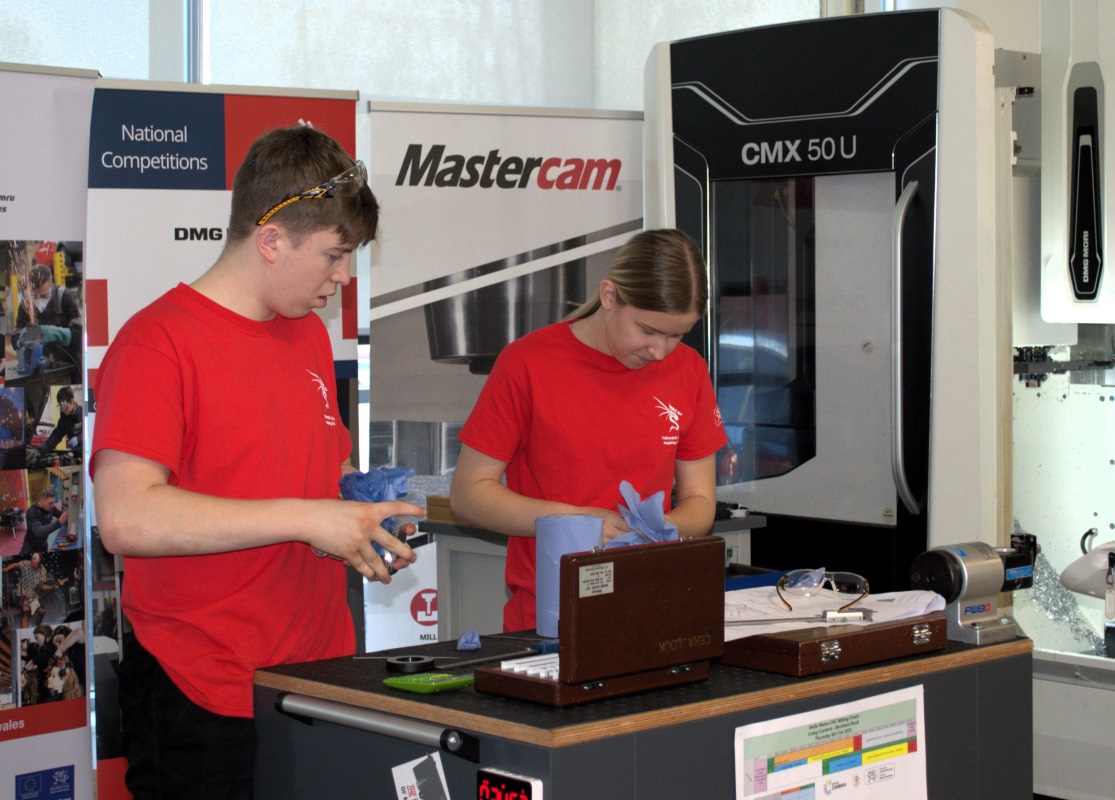
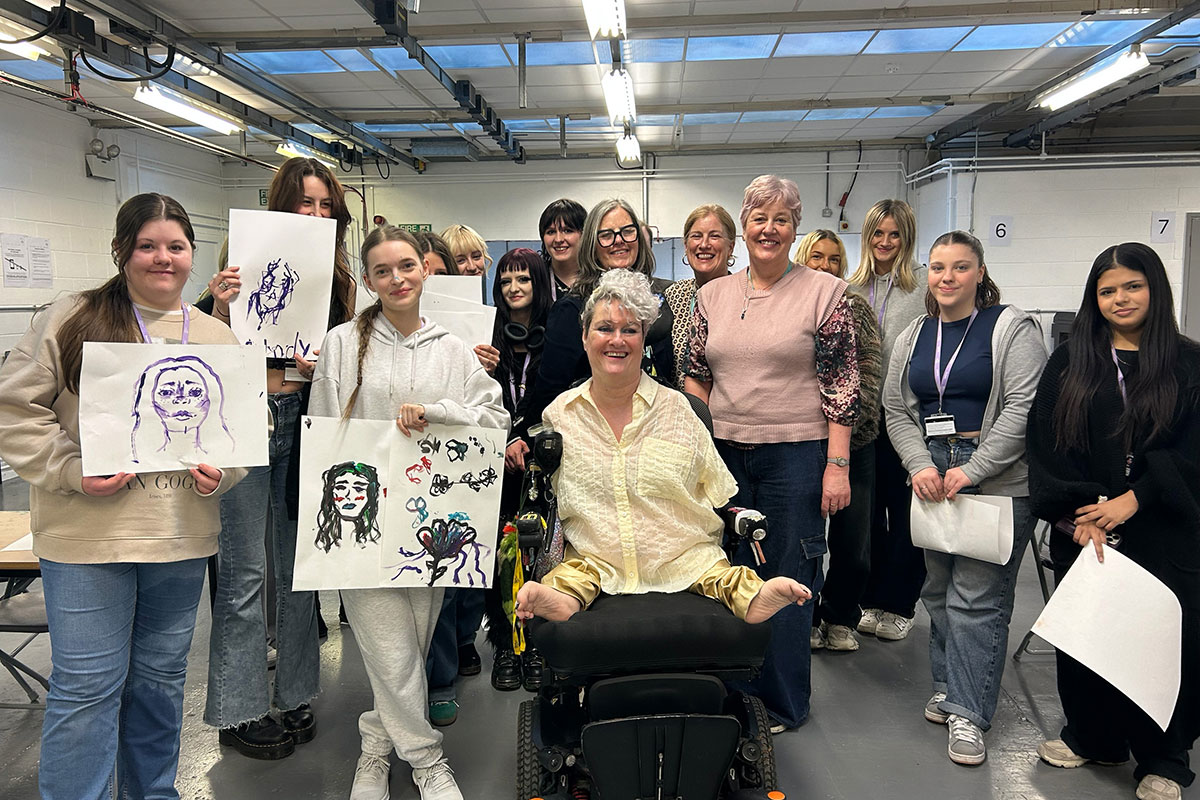
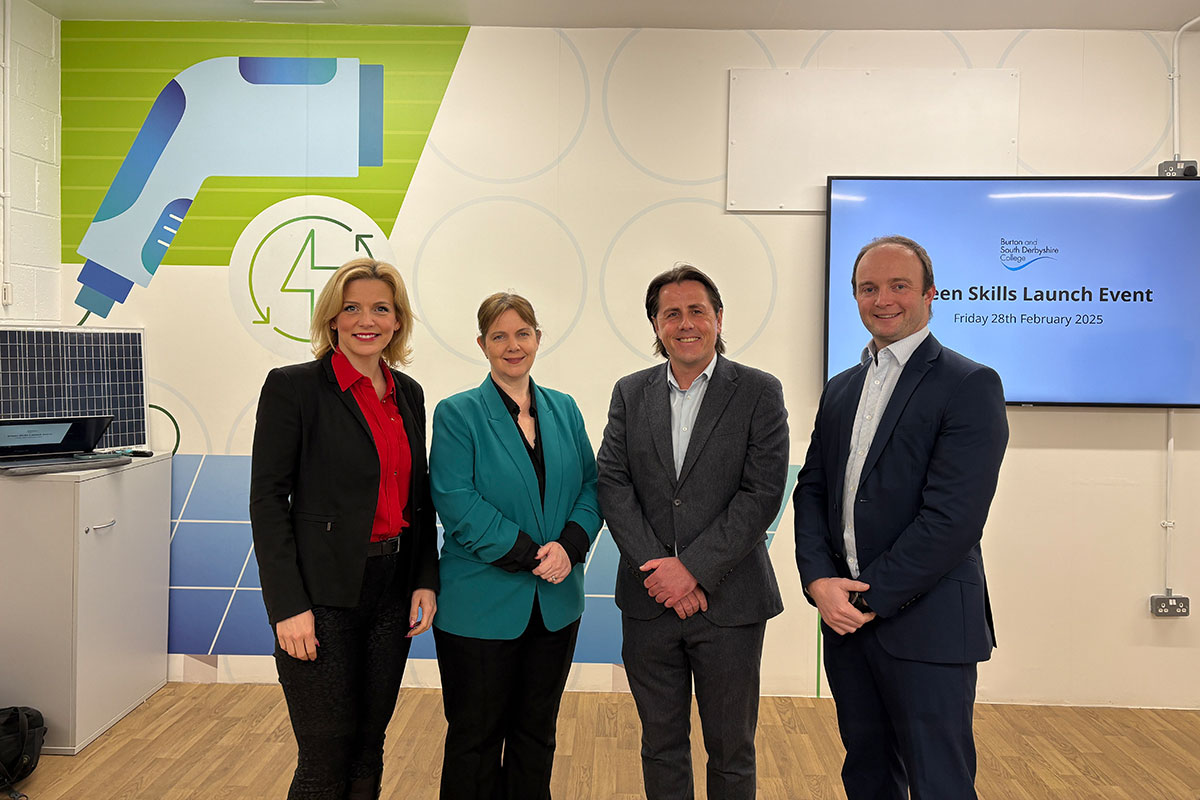

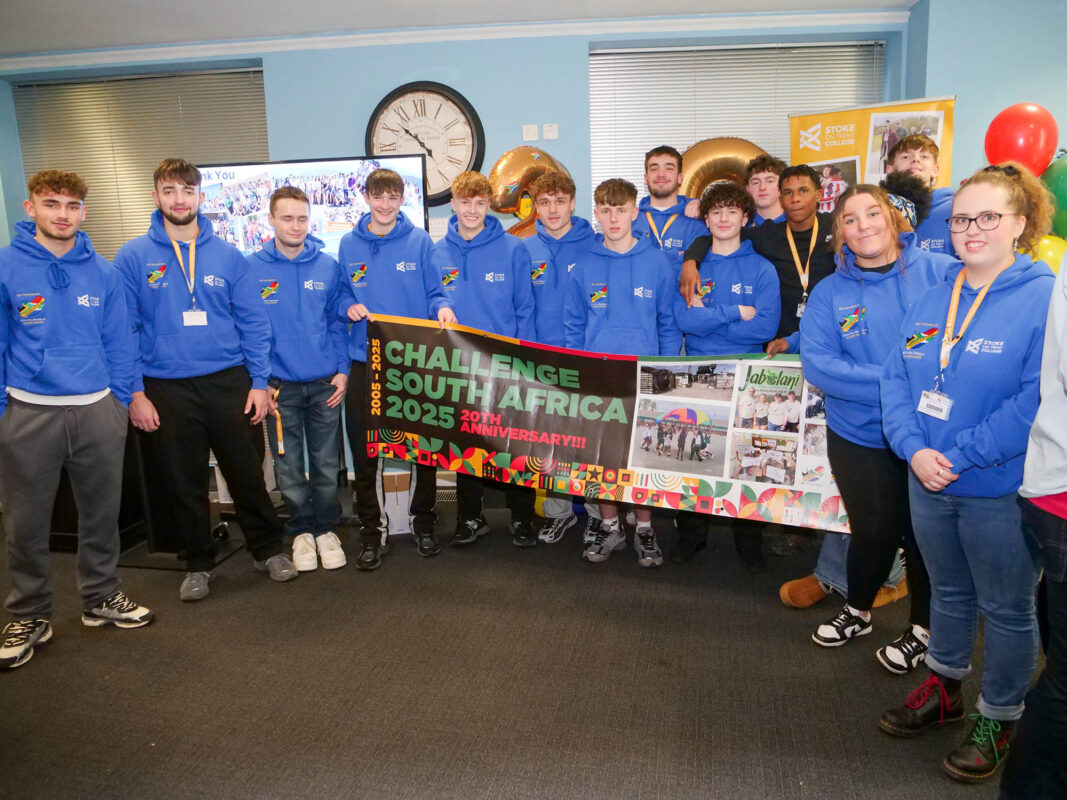





Responses